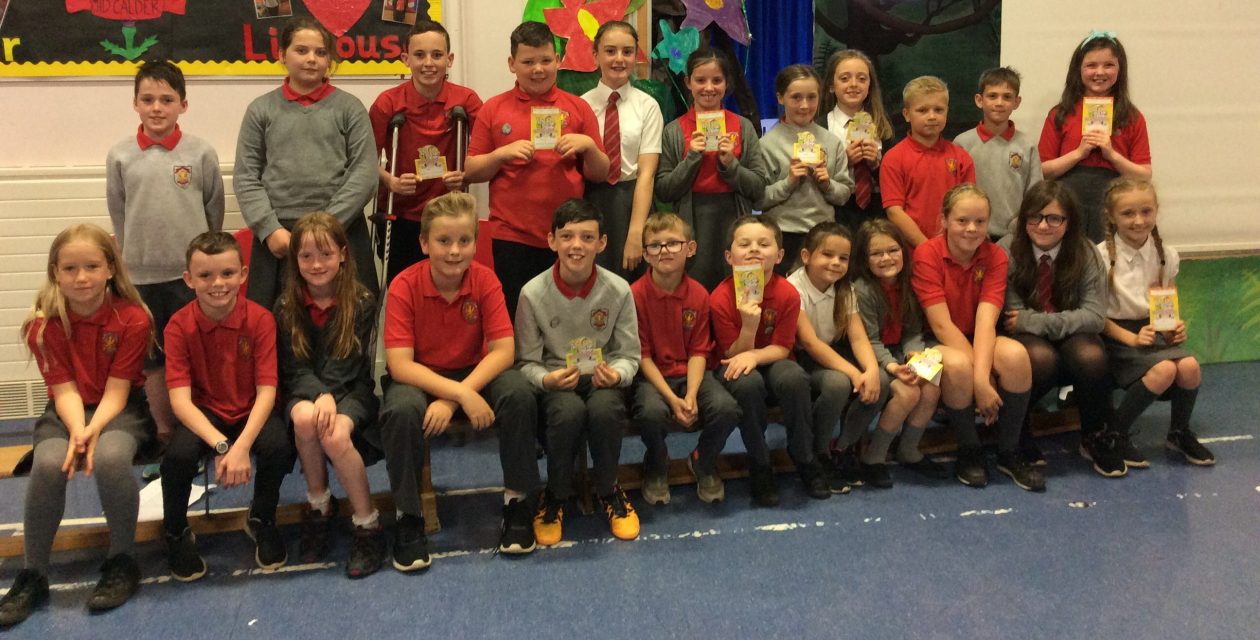LI: We are learning to explore the life cycle of plants.
We are learning to investigate what helps plants to grow.
SC: I can state the different ways that plants can reproduce.
I can design an investigation to test the effects of fertiliser on plants.
.
Last week we kicked off our new topic ‘How does your garden grow?’ and over the last fortnight we have been busy learning all about how plants grow and what might help them grow faster. Last week we looked at what a plant actually needs to grow, they’re not much different from us as they need food, water, air and sunlight. We thought that we could investigate whether fertiliser made any difference to the rate of growth so we planted our own sunflowers, watered half with just water and half with plant food mixed with water. We also decided to see if compost made any difference so we dug up some soil from the garden in the playground and used some that to plant too. It only took a few days for our sunflowers to start growing and we can see a difference in them every day. We will let you know the results of our experiment when they are fully grown. Once our sunflowers are fully grown we are going to plant them in the gardens within the playground.
This week we have been learning to explore similarities and differences between two outdoor areas. The children were split into groups and were each given an area of the playground to explore. Armed with a clipboard and paper and an ipad, the children had to explore what was in their designated area, draw a sketch and take some photographs. Back in the classroom the children mapped their area onto an A3 sheet of paper where they had to replicate their area using the information they had gathered. Each map had to have a key so that we knew what was on their map. The children all worked very hard on their map using all sorts of resources to highlight different areas and they all look amazing. Once the children had created their maps they then had to present their findings to the rest of the class. All of the children’s presentation skills have developed since the beginning of the year and were confident in presenting their findings.


























































































